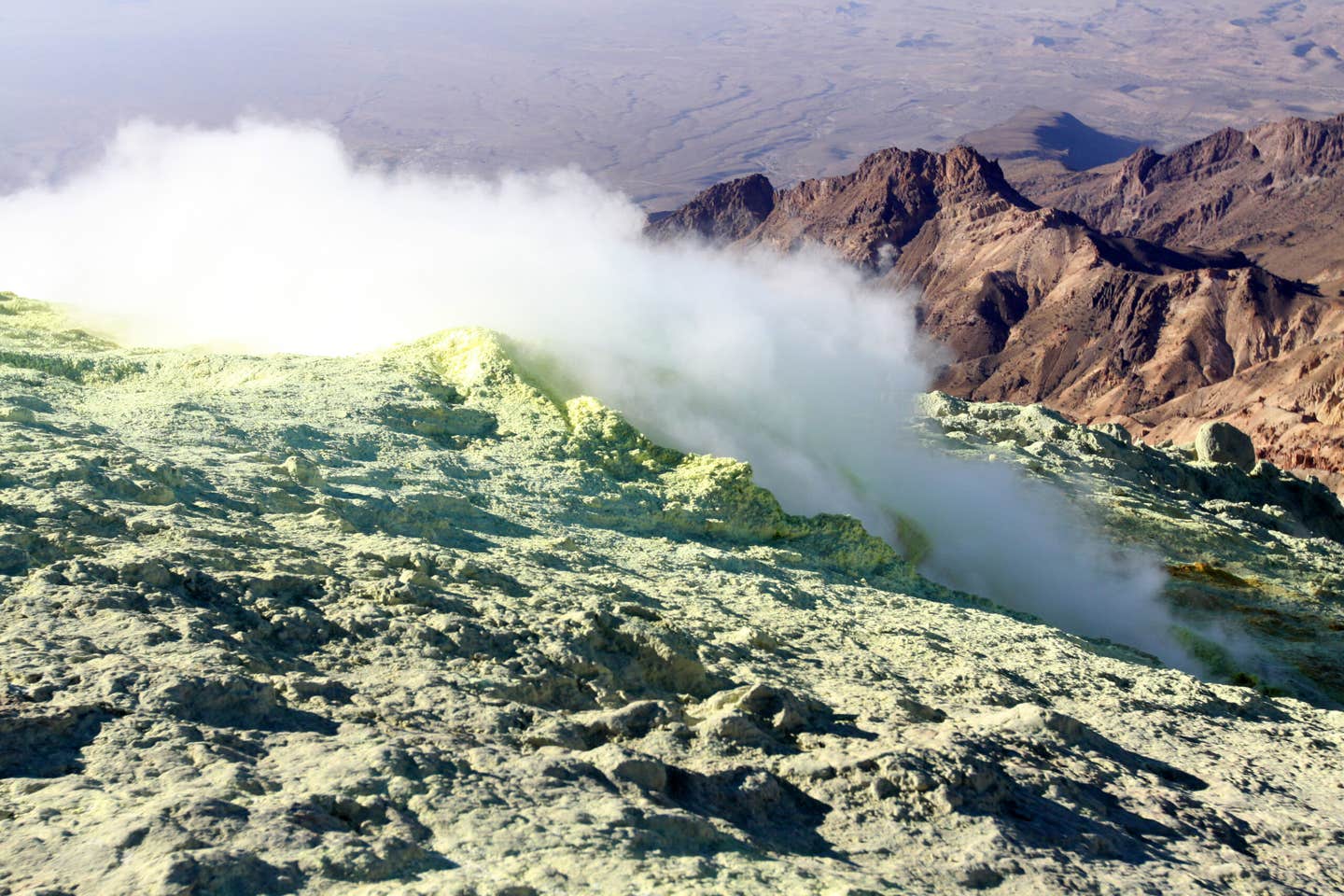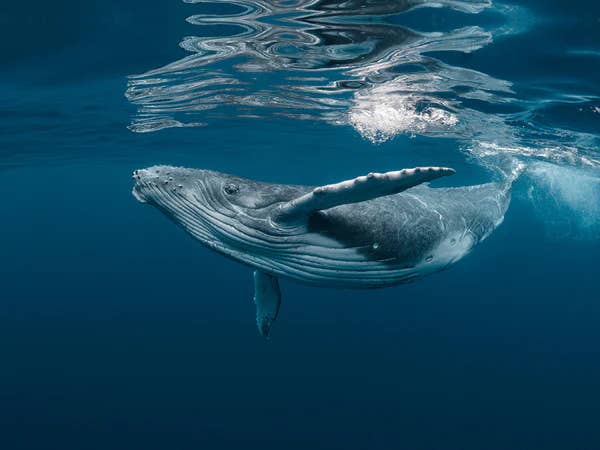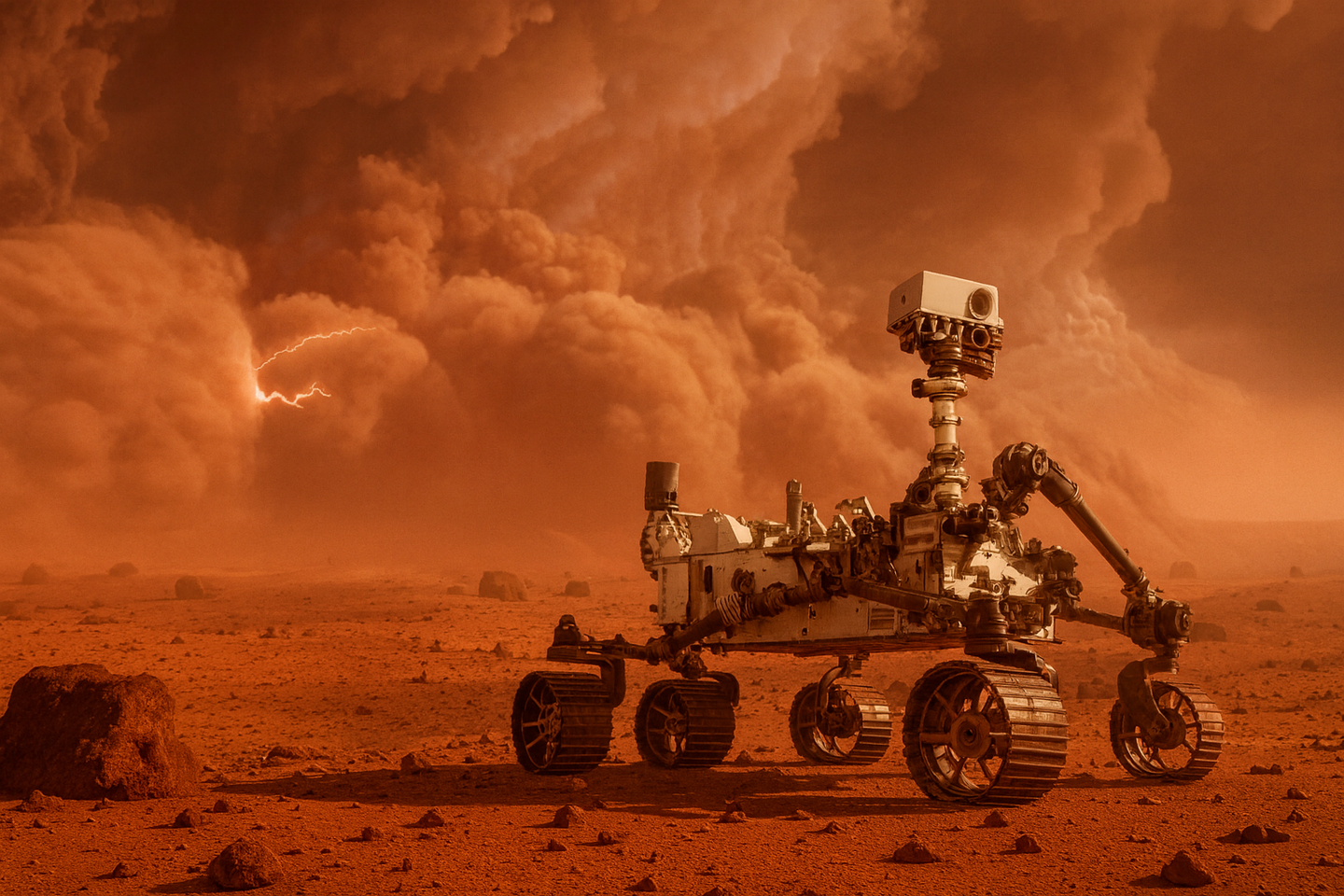After 700,000 years, Iran’s dormant Taftan volcano is starting to rise
Scientists have discovered that Iran’s Taftan volcano, thought to be extinct for 700,000 years, is swelling again.

Taftan Volcano Summit (3941m), Sistan and Baluchestan province, Iran. (CREDIT: Wikimedia / Safa Daneshvar / CC BY-SA 4.0)
For decades, the colossal Taftan volcano of eastern Iran appeared a lifeless piece of history. It towered nearly 13,000 feet above the desert landscape, standing proud and still. But in 2023, something remarkable did happen—its summit started rising. Over a span of ten months, satellite imagery showed the summit had risen some 3.5 inches, and it hasn't returned since.
Scientists say this bulge, seen from July 2023 to May 2024, is a clear sign that Taftan is not extinct after all. It may even be on the way to drawing breath again.
A Subtle Signal from the Depths
The finding was reported by a team led by volcanologist Pablo González at Spain's Institute of Natural Products and Agrobiology (IPNA-CSIC). Using data from the European Space Agency's Sentinel-1 satellite, González and PhD student Mohammadhossein Mohammadnia spotted the slow rise—a change subtle enough to go unnoticed by the naked eye but powerful enough to change the volcano's summit.
Their study, which appeared in Geophysical Research Letters, found that the movement was not from rainfall or earthquakes. Instead, the movement originated deep within the volcano, somewhere between 1,600 and 2,000 feet beneath the summit. That is where gases and hot fluids are apparently building pressure within the hydrothermal system of the volcano, or maybe a small bubble of magma has migrated upward.
"It must let it out somehow someday, either explosively or silently," González said in an interview with Live Science. He emphasized there's no indication of an imminent eruption but Taftan needs more attention.
The Volcano That Wouldn't Sleep
Volcanoes are considered extinct if they have not erupted during the Holocene era—the last 11,700 years. Taftan was once considered to fall into that bracket, its last recorded eruption dating back more than 700,000 years. But new signs suggest otherwise.
People began to experience sulfurous odors and smoky fog rising from the crater since 2023. The gas smell was reported as so strong that it reached the city of Khash, which is about 50 kilometers away. These events prompted researchers to look at satellite images once again and to confirm the ground deformation.
Taftan's summit is punctuated with fumaroles—gas vents releasing substances like water vapor, carbon dioxide, sulfur dioxide, and hydrogen sulfide. Sulfur dioxide release of approximately 20 tons daily was recorded by the team during the uplift stage, a remarkable increase which points towards higher pressure underground. Two additional intense gas bursts on 16 and 28 May 2024 suggested an additional increase in the internal plumbing system of the volcano.
Capturing the Ground's Secret Movement
High-precision monitoring of such slow and small movements requires a great deal of accuracy. Scientists used a new analytical approach called a common-mode filter, cancelling out noise in the atmosphere to provide cleaner satellite readings. By using this technique on Sentinel-1 radar data, they were able to detect surface motions of a couple of millimeters.
Over over ten months, the ground directly beneath Taftan's summit bulged upwards as the flanks sloped gently outward—typical behavior for gas or hot fluid injection beneath. What was unusual in this finding is that uplift has not tapered off. While such episodes persist for only a brief period and ease within weeks, this one continues unremittingly, implying sustained pressurizing.
Previous research employing similar techniques had similarly witnessed a fleeting summit bulge at Taftan years ago—a phenomenon that grew approximately 4 centimeters high and did not last longer than a few weeks before it dissipated. The newly developed, sustained deformation indicates the volcano's underlying systems are in no way stable.
A Living Volcano Above a Shifting Earth
Taftan sits on top of the Makran subduction zone, where the Arabian Plate is sliding beneath the Eurasian Plate. This slow collision, grinding, drives volcanism and earthquakes in Iran and southern Pakistan. Burial of oceanic crust allows release of fluids that melt the mantle above, forming magma feeding volcanoes like Taftan.
Even if magma doesn't come to the surface, heat flow and movement of gases can reshape the landscape above. "Our results indicate that Taftan is more active than it was previously believed to be," wrote the study authors. The event, they continue, serves to call into question the entire Makran volcanic arc, where other peaks may quietly be active as well.
A Wake-Up Call for Monitoring
Differing from better-known US or Japanese volcanoes, Taftan lacks any ground-based monitoring equipment or an observatory. Remoteness of the region, mountainous landscape, and security concerns make fieldwork challenging. Hence, satellite technology has been such a valuable resource.
"Satellite radar gives us eyes where it's too hazardous or out of reach to go," González said. By cross-referencing repeat photos from different orbits, scientists can see when the ground is moving upward, downward, or tilting—most of the time before they can see it with their eyes.".
González made it clear the objective is not to alarm local populations but to encourage investment in regional surveillance networks. "This study doesn't want to create alarm for the people," he said. "It's an alarm for local authorities to invest some money to explore this."
Understanding Taftan's Risks
For the time being, Taftan does not pose an imminent threat, but its revival can't be dismissed. If tension keeps mounting, the volcano might one day unleash that energy—maybe in the form of minor steam-powered explosions or larger blasts.
Local communities such as Khash in Iran and Pakistan border town Taftan can have ashfall, poor air, or contaminated water if that happens. More explosive eruptions would jeopardize crops and buildings by lava or pyroclastic flows.
However, most scientists see today's exercise as a healthy reminder that Earth's systems are vital and in constant flux. A volcano might lie dormant for centuries and then grumble softly beneath the ground before anybody knows anything about it.
Practical Implications of the Research
The Taftan results demonstrate the power of satellite radar in observing volcanoes around the world—especially where there is little or no ground monitoring. Remote sensing can detect subtle ground movements long before they are apparent, providing advance warning of ground movement.
By making these methods more precise, scientists can make more accurate predictions of when volcanoes will stir, which could save lives and assets. The research also overturns long-held assumptions about what volcanoes are extinct. Taftan's gradual uplift makes us remember that "extinct" doesn't always equal "sleeping.
More broadly, the research improves global efforts to chart hidden geothermal systems, which could in the future be employed to generate clean energy. Watching how fluids and heat travel beneath the surface also improves understanding of earthquakes, mountain construction, and the inner workings of the Earth.
Research findings are available online in the journal Geophysical Research Letters.
Related Stories
- New computer model predicts volcano collapses and tsunamis
- Massive underwater volcano off the coast of Oregon is getting ready to erupt
- New research shows why Bolivia’s 'Zombie' volcano is stirring after 250,000 years
Like these kind of feel good stories? Get The Brighter Side of News' newsletter.
Rebecca Shavit
Science & Technology Journalist | Innovation Storyteller
Based in Los Angeles, Rebecca Shavit is a dedicated science and technology journalist who writes for The Brighter Side of News, an online publication committed to highlighting positive and transformative stories from around the world. With a passion for uncovering groundbreaking discoveries and innovations, she brings to light the scientific advancements shaping a better future. Her reporting spans a wide range of topics, from cutting-edge medical breakthroughs and artificial intelligence to green technology and space exploration. With a keen ability to translate complex concepts into engaging and accessible stories, she makes science and innovation relatable to a broad audience.



